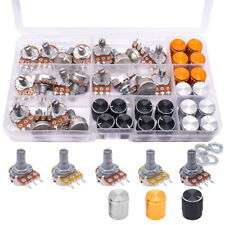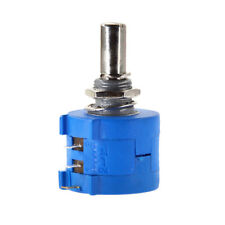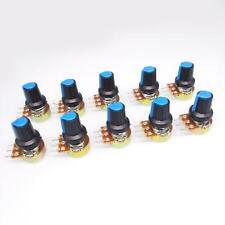
Researchers pursuing the cause of leptin’s ability to boost metabolism and shed fat have identified a metabolic switch that appears to tell the body to store or burn fat.
In an article published in the July 12, 2002, issue of the journal Science, Howard Hughes Medical Institute investigator Jeffrey M. Friedman and his colleagues reported that the hormone leptin represses a liver enzyme called stearoyl-CoA desaturase-1 (SCD-1). SCD-1 catalyzes the production of monounsaturated fats from fatty acids in the liver and other tissues. Genetically obese (ob/ob) mice are overweight and show low levels of fat metabolism. In the absence of leptin, the level of SCD-1 rises and more fat is stored in the liver.
Leptin is produced by fat tissue and secreted into the bloodstream, where it travels to the brain and other tissues, causing fat loss and decreased appetite. Friedman’s research team cloned the ob gene in 1994 and discovered leptin in 1995. Since then, much of Friedman’s research has focused on understanding how leptin exerts its effects on body weight, food intake and metabolism.
In their latest studies, Friedman, Paul Cohen and colleagues at The Rockefeller University and the University of Wisconsin, Madison, employed DNA microarrays to search for genes expressed in the liver that are specifically under the control of leptin.
The scientists used DNA microarrays to compare the level of expression of liver genes in two groups of ob/ob mice that lack the leptin gene. One group of ob/ob mice was given leptin and the other “pair-fed” group was given only as much food as the leptin-treated mice ate voluntarily. Thus, the scientists knew that any genes they found to be activated only in the group of mice treated with leptin would be genes under leptin’s influence and not merely those triggered by leptin’s known effects on feeding.
To pinpoint the most important leptin-activated genes from the mass of data generated by the microarray screening, the researchers used a computer algorithm developed by co-author Nicholas D. Socci. The algorithm ranked activated genes based on three main criteria: the extent of gene activation in the livers of ob/ob mice; the extent of the genes’ response to leptin treatment; and the difference in gene activity in the two groups of mice. These rankings led to the identification of several dozen major genes, of which SCD-1 was most prominent.
“Seeing SCD-1 at the top of the list didn’t necessarily suggest a particularly compelling hypothesis to us in advance,” said Friedman. “On the other hand, the gene does play a role in fat metabolism, which was the pathway we wanted to explore. And, there was already a mouse strain in which the gene for SCD-1 is knocked out, enabling us to explore its effects.”
Co-author James M. Ntambi and his colleagues at the University of Wisconsin, Madison, determined that leptin treatment of ob/ob mice suppressed SCD-1 levels in the animals’ livers. Furthermore, when the researchers bred ob/ob mice with an SCD-1-knockout – so-called asebia mice obtained from The Jackson Laboratory – the resulting double-knockout mice (which lacked both leptin and SCD-1) were markedly less obese than ob/ob mice and showed increased energy expenditure. The double-knockout mice also had an apparently normal distribution of fat in the liver as compared to the enlarged, fatty liver characteristic of ob/ob mice. They also found that mice lacking SCD-1 were more lean than normal mice.
The results, said Friedman, demonstrate that SCD-1 is a key to leptin-regulated fat metabolism in the liver. However, he said that additional studies would be needed to understand how the enzyme is regulated and whether it plays a role in other tissues and whether there exist other leptin-regulates additional fat metabolism pathways.
While SCD-1 could be a potential target for obesity drugs that would promote fat-burning by reducing level of SCD-1, Friedman expressed caution about the potential side effects of such drugs.
Friedman noted that there are many caveats. “Mice lacking the enzyme have abnormalities of glands in the skin and eyes. A key question is whether a partial reduction in SCD-1 activity – rather than a complete loss of the enzyme’s activity, as in asebia mice – could alter metabolism without incurring unwanted side effects,” he said. “An SCD-1 deficiency produced by drugs might affect metabolism and alter levels of free radicals in the body in a way that would be harmful. So, while I believe that drugs to target SCD-1 are worth exploring, as with any potential drug strategy, there are no guarantees that the benefits would outweigh potential unwanted side effects.”
Friedman is optimistic about information that may come from studies of other genes identified through his team’s genomic screening. “The fact that we developed criteria for ranking these genes and found that the gene at the top of our list was biologically important gives us confidence that the other genes (on the list) are also going to be important,” he said. “This approach may provide an opportunity to identify other components of the physiologic pathway that regulates body weight and metabolism.”


















Comments are closed.